

Just as President George Washington was regarded as the pater patriae (father of the nation), his wife, Martha Washington, was considered an exemplar for the country. Washington’s responsibilities—and those of her immediate successors—were dominated by the demands of raising children, running a large household, entertaining guests, and supporting the political interests of the president of the United States.
Although many of the early first ladies were the wives of presidents, some were relatives. As members of the upper class, most relied upon enslaved household servants to coordinate the gracious receptions that they hosted. With the notable exceptions of the two Adamses, ten of the first twelve presidents and first ladies were responsible for enslaving people, including illegitimate relatives, such as Martha Washington ’s half-sister Ann Dandridge. A family portrait of the Washingtons in the company of an enslaved attendant testifies to this history.


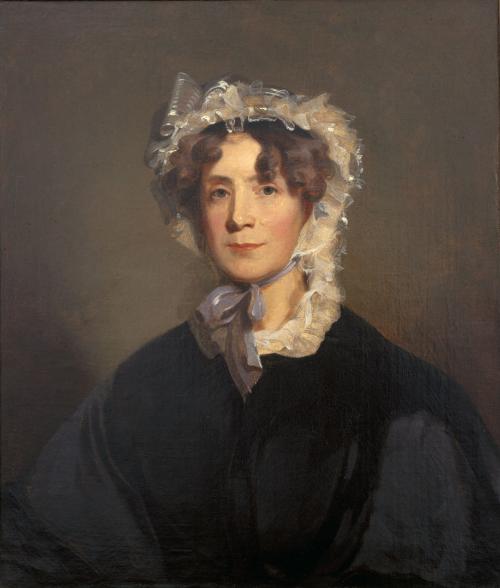


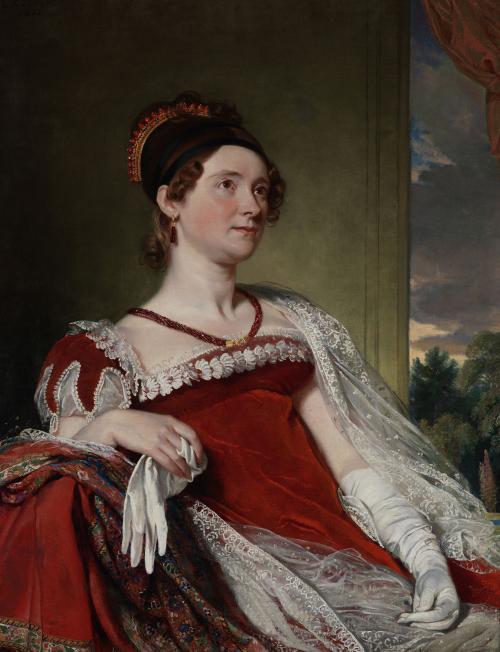

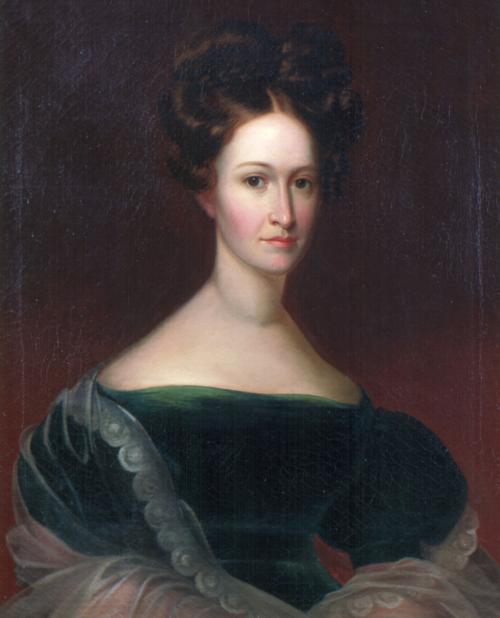



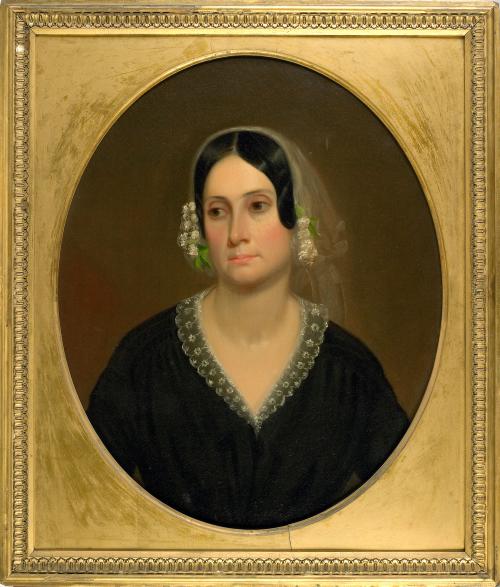
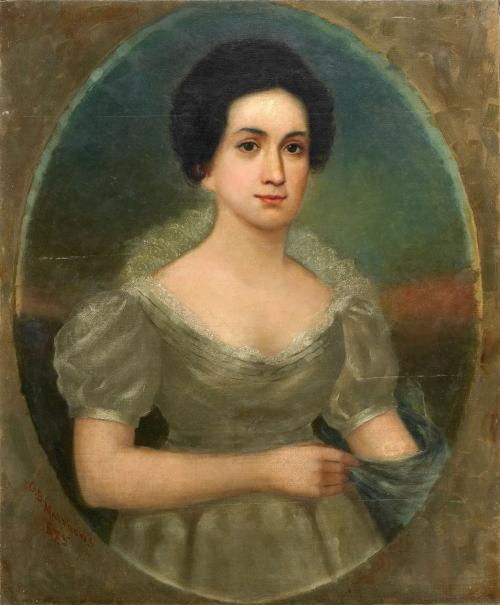

The belief that the U.S. government had a “manifest destiny,” or a right to hold political influence over the North American continent, took root following the War of 1812. By the time of the Mexican-American War (1846–48), that belief had begun to shape the lives of the first ladies. During the Civil War era, first ladies from the Midwest and the West brought new attitudes to the role.
Mary Todd Lincoln and Julia Dent Grant, born in Kentucky and Missouri respectively, were wealthy, ambitious women. Through well-chosen unions, they achieved the height of social power, which would not have been possible outside of marriage due to their gender. Each woman was eager to preside over large receptions and state dinners, illustrations of which were often published in popular magazines like Harper’s Weekly.



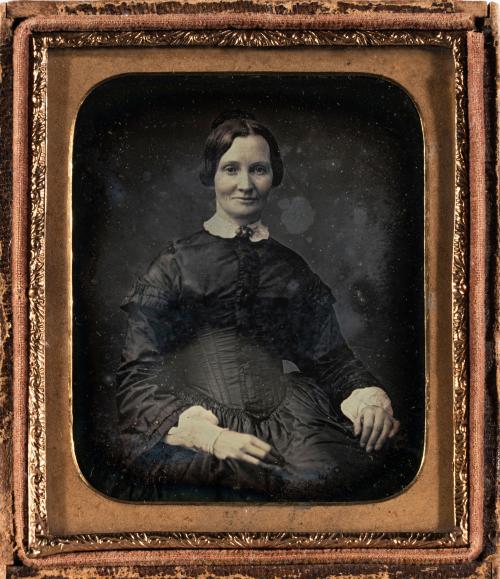





At the end of the nineteenth century, the widespread availability of cheap chromolithographs brought about the rise in popular print culture. Images of the first lady began to circulate widely, making her a national celebrity. For example, Frances Folsom Cleveland’s likeness was often appropriated without her permission for advertising campaigns. Her wardrobe choices also influenced fashion trends, such as the bustle, which met its demise when the rumor that she no longer favored it traveled through the press. With the increasing distribution of photographs of first ladies, their families, and the elegant White House banquet spaces in which they entertained, Cleveland’s successors frequently found themselves at the center of social trends and fashion debates.
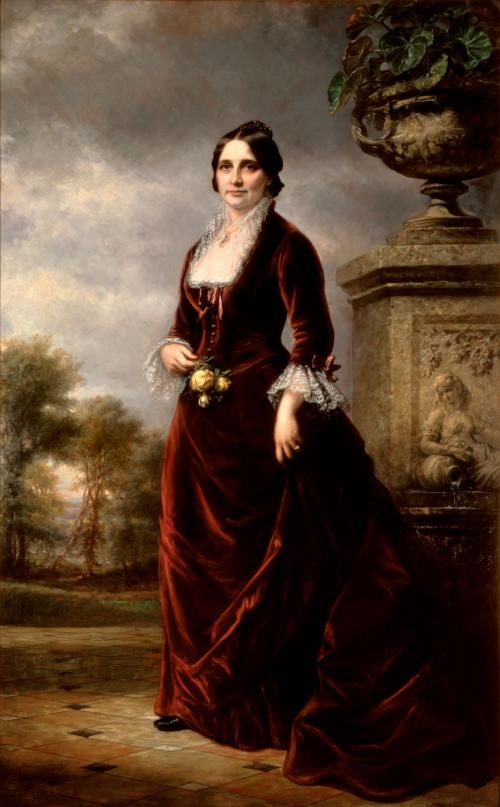

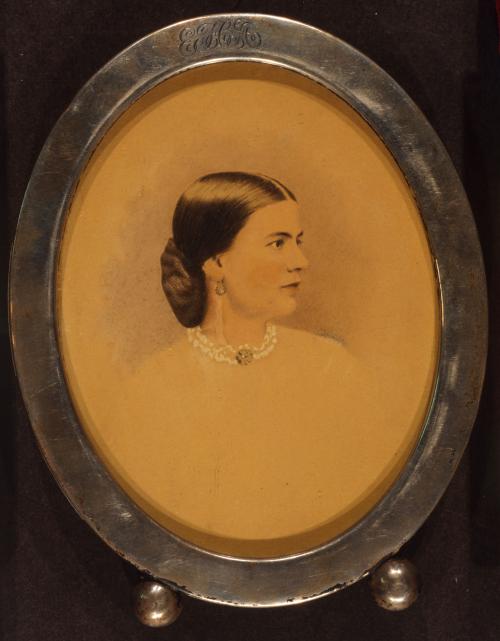


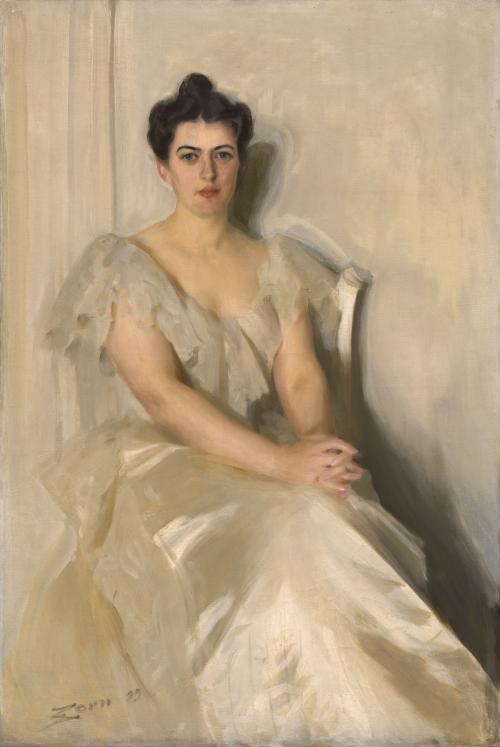
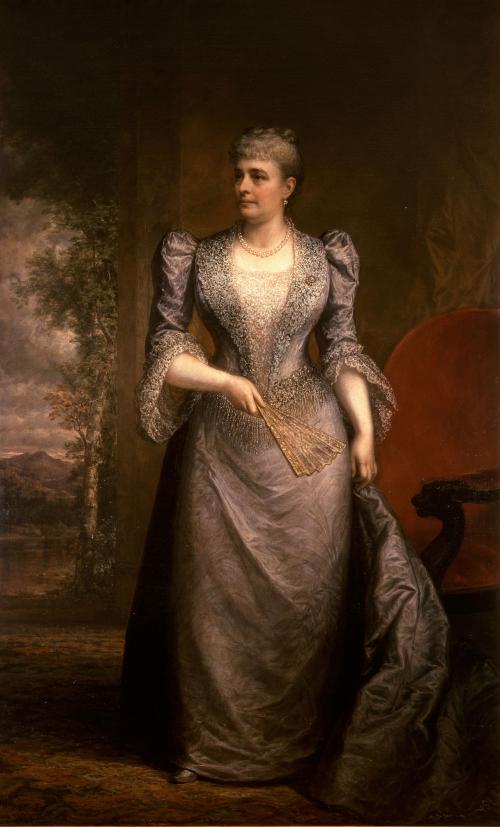

In the early twentieth century, following U.S. interventions in the wars of independence fought by Spain’s colonial populations in the Caribbean and the Philippines, the first ladies found their roles changed. The nation’s growing presence on the global, imperialist stage allowed Helen “Nellie” Taft and Lou Henry Hoover, among other first ladies, to actively participate in international diplomacy in new ways that were not experienced by their predecessors. Similarly, the scrutiny of their lives increased as the national press corps began to clamor for interviews and photographs for use in daily newspapers and monthly magazines that focused on women’s lives. By the late 1920s, first ladies began making appearances in high fashion publications, such as Vogue. Having worked outside the home, many also brought their professional experiences to the White House.
By the mid-twentieth century, first ladies were expected to take up social and cultural causes as a means to both serve the country and advocate for issues about which they were passionate. Anna Eleanor Roosevelt increased her advocacy for social causes during the Great Depression and World War II. Similarly, Nancy Reagan encouraged the population to “Just Say No” to illegal drugs at a moment when the country was shifting away from the countercultural revolution of the 1960s. During this period, first ladies also became some of the most important political surrogates for their husbands. Lady Bird Johnson campaigned solo for her husband’s election throughout the South, while Rosalynn Carter traveled throughout the Americas, meeting with heads of state and serving as her husband’s envoy abroad.







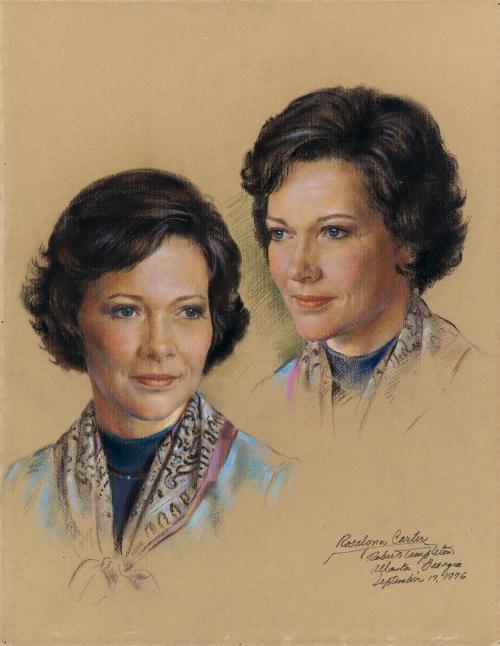
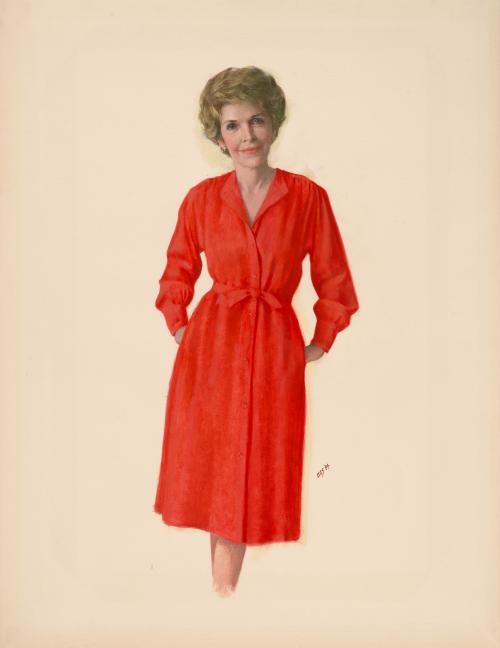
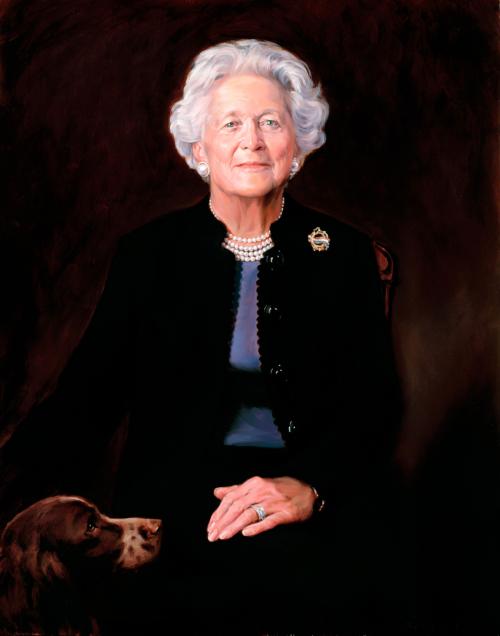
As the nation anticipated the millennium, Bill and Hillary Clinton entered the White House as a team. Hillary Clinton challenged the existing notions of the first lady’s role in the president’s administration by spearheading health care legislation. Her political prominence continued after leaving the White House: She successfully ran for Senate and later served as secretary of state in the Obama administration. Laura Bush took a more subdued approach at first, devoting her attention to children’s literacy, but following the attacks of September 11, 2001, she was pushed into a more public role as the nation’s “comforter in chief.” Her successor, Michelle Obama, also focused on children’s health and international advocacy for the rights of women and girls, while First Lady Melania Trump has chosen to concentrate on cyberbullying and other important family-related issues.
